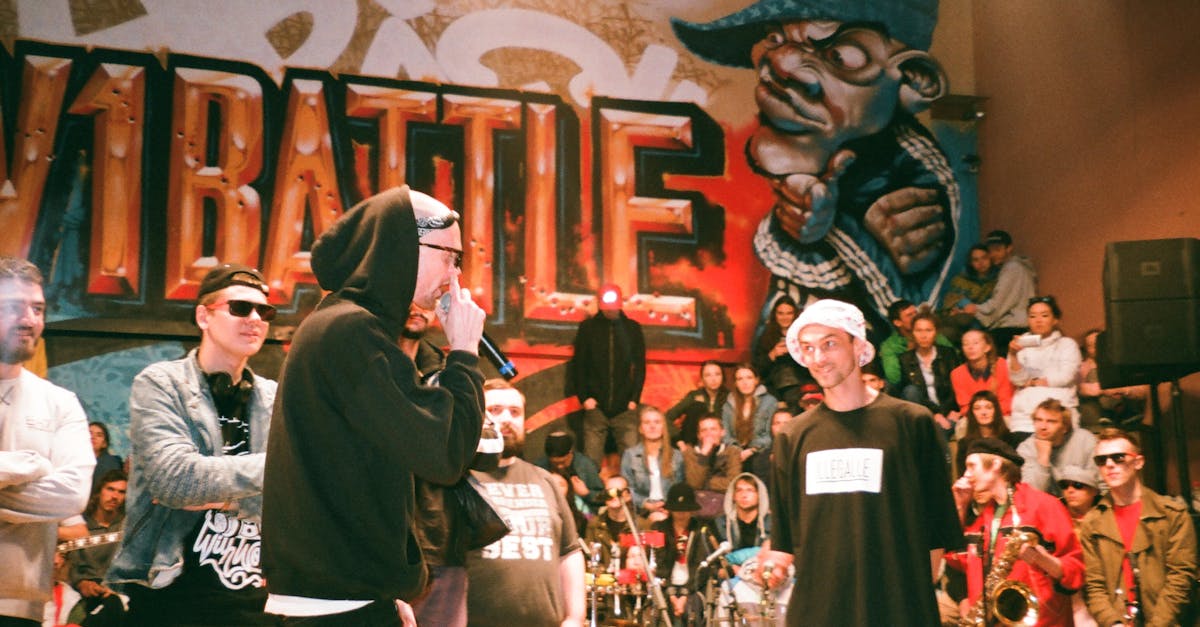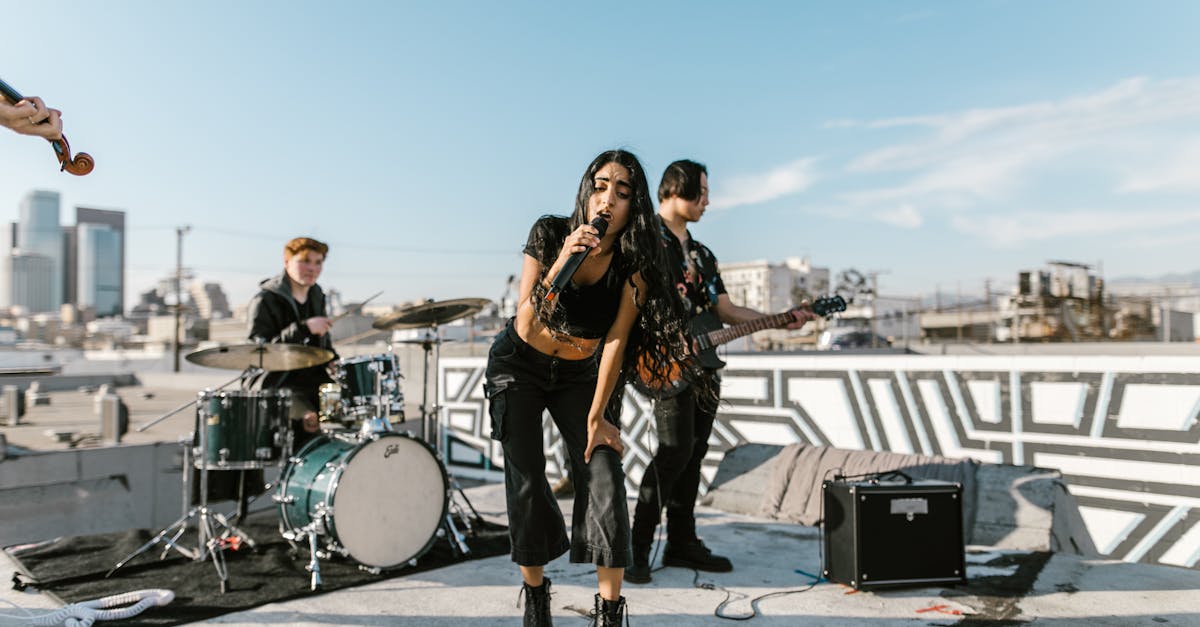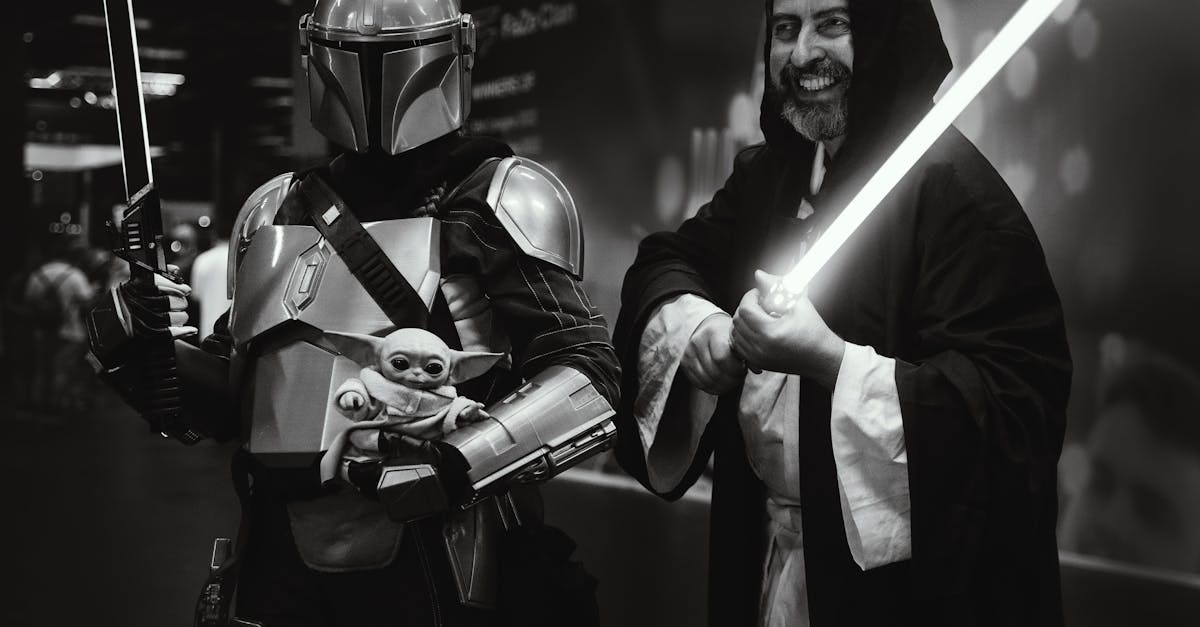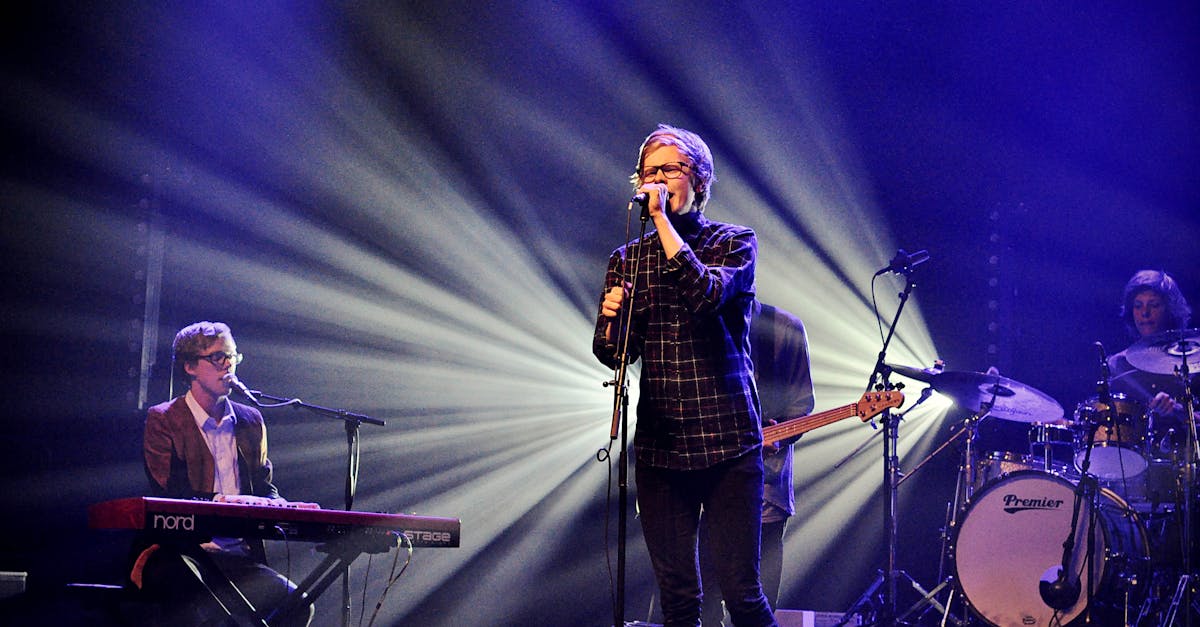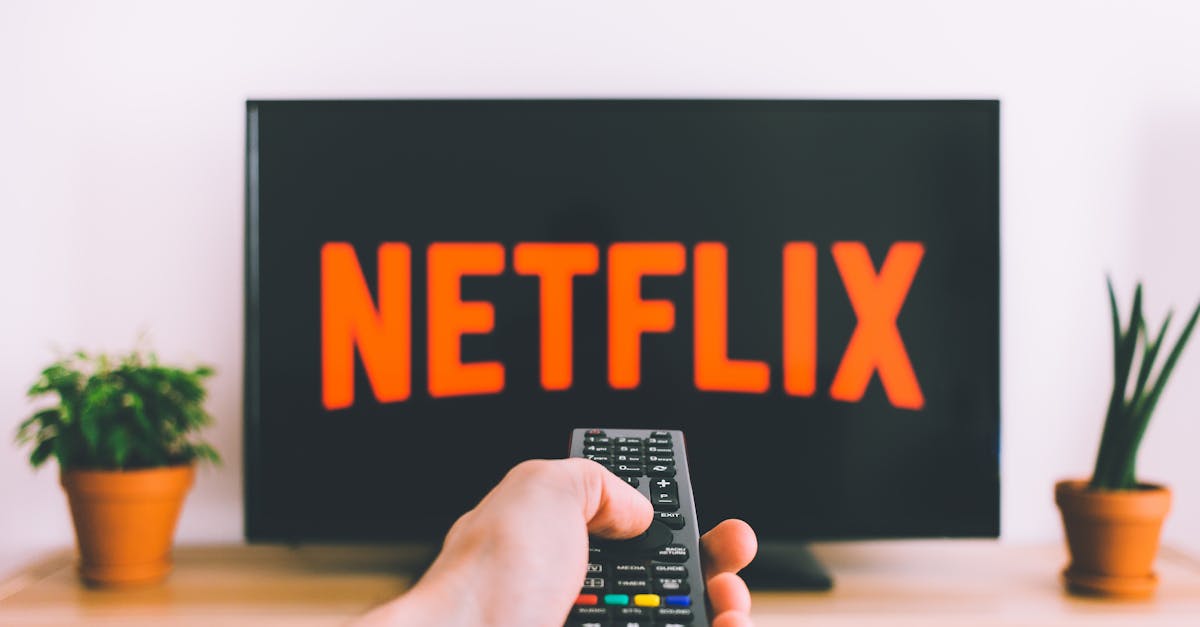Exploring Modern Urban Groove Soundscapes
Introduction
Urban environments are melting pots of creativity, with music being one of their vibrant expressions. The modern urban groove soundscape captures the sonic diversity and innovation of city life. This journey explores a soundtrack that encapsulates the rhythm, life, and pulse of dynamic urban metropolises. In recent years, genres ranging from hip-hop to electronic have dominated cities, crafting unique urban narratives. But beyond music, these sounds reflect deeper cultural movements, social issues, and technological trends. Let's embark on an exploration of how these soundscapes redefine urban culture.
Advertisement
The Evolution of Urban Groove
The concept of urban groove has deep roots in the shifting dynamics of city life. Historically, major cities have been epicenters of musical innovation. Jazz in New Orleans, Motown in Detroit, and reggae in Kingston are just a few examples of how urban centers drive music evolution. Today, modern urban grooves blend various influences, from traditional rhythms to cutting-edge electronica. This evolution reflects not just technological advancements, but also the multicultural exchanges happening in cities worldwide. As cultures intersect and diverge, the soundscapes develop and diversify.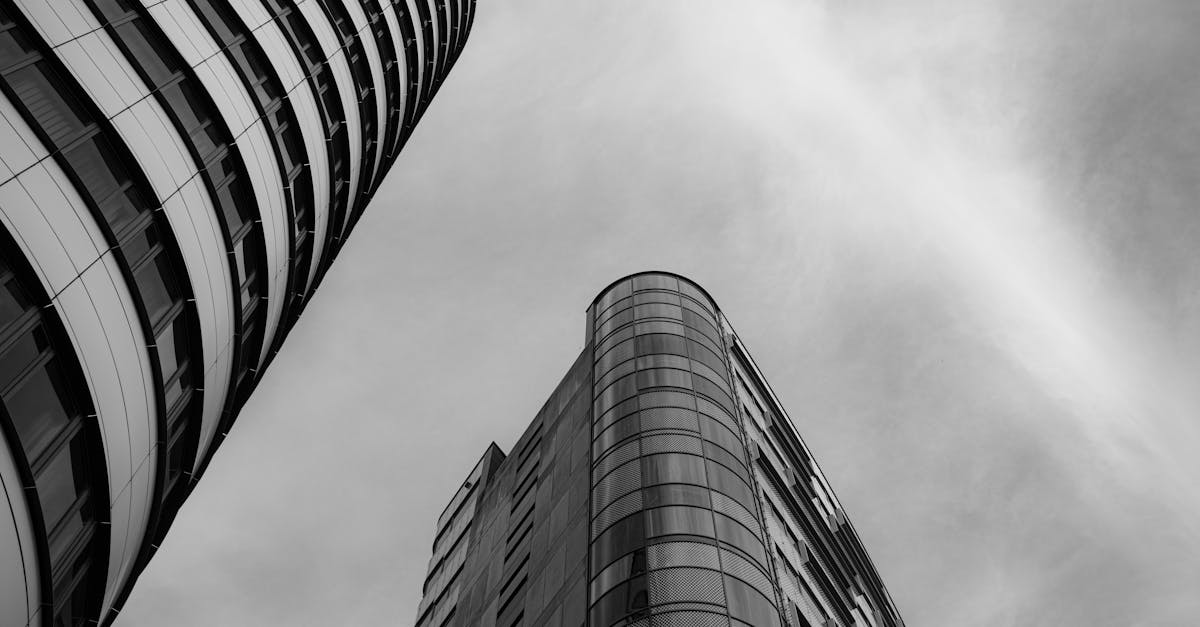
Advertisement
Incorporating Electronic Influences
One of the core aspects of today's urban groove is its synergy with electronic music. From synthesized beats to digitally altered vocals, these soundscapes offer fresh sonic experiences. Electronic music has democratized music creation, allowing urban artists to experiment without the need for traditional instruments. The rise of software and apps enables artists to layer sounds, creating intricate sound patterns reflective of urban chaos and order. This blending of organic and digital sounds creates unique textures that challenge listeners' perceptions of music. The electrification of city soundscapes whispers tales of innovation and adaptation.
Advertisement
Influence of Hip-Hop and Rap
Hip-hop, born from the ashes of city struggles, is synonymous with urban expression. As a pivotal influence on modern urban grooves, hip-hop’s beats and rhythms mingle with today's soundscapes. Rap artists craft narratives about city life, from the halls of wealth to the depths of poverty. This genre’s contribution transcends music, influencing fashion, language, and activism. Hip-hop's adaptability allows it to merge with other genres, evolving with the changing city sounds. In this way, it's both a reflection and an influencer of the urban soundscape.
Advertisement
Cultural Diversity in Sound
Urban soundscapes thrive on the cultural diversity found in metropolitan areas. With cities attracting individuals from around the globe, music captures this melting pot of traditions. The introduction of world music elements gives rise to fusions combining African rhythms, Latin beats, and Asian instruments. Artists borrow from various global sounds, producing a rich tapestry of melodies. This cross-cultural blending keeps urban music fresh and unpredictable. The resulting soundscapes tell a story of cultural convergence and coexistence within modern cities.
Advertisement
Social Issues Reflected in Music
Modern urban grooves are not merely entertainment; they serve as commentary on societal issues. Music has long been a medium through which artists voice concerns about urban inequality, discrimination, and injustice. Artists use their platforms to raise awareness and provoke thought, often leading grassroots movements for change. The raw, unfiltered soundscapes convey emotions like hope, anger, and resilience. These narratives offer listeners not just finely-tuned sounds, but also insight into the heartbeat of urban struggles. The music becomes a vehicle for activism and social transformation.
Advertisement
Technology and Urban Soundscapes
The interplay between technology and music is undeniable in shaping modern urban soundscapes. Mobile technology, social media, and streaming platforms have all enabled musicians to reach audiences. The reduced cost of production allows more voices to enter the conversation, diversifying and enriching urban genres. Algorithms now help tailor musical experiences, ensuring real-time feedback and adjustments. This technological integration fosters a democratized soundscape, where traditional music industry barriers no longer hold sway. As technology advances, soundscapes evolve, pushing the boundaries of creativity.
Advertisement
The Role of Urban Festivals and Venues
Urban festivals and venues play a critical role in influencing urban groove soundscapes. City parks, underground clubs, and rooftop venues host experimental sounds that redefine music experiences. These urban settings provide spaces where musicians can share and innovate, pushing the boundaries of their art. Annual festivals celebrate these sounds, bringing together artists and audiences in shared spaces of music exploration. The physical locations of these gatherings become iconic in shaping the auditory landscape of cities. The energy and interaction at these events shape the future of urban soundscapes.
Advertisement
Global Influences and Connectivity
In an increasingly interconnected world, urban soundscapes reflect global influences. Artists collaborate across continents, blending regional sounds with global trends. Technology enables these partnerships, creating a rich exchange of ideas and sounds. The global artistic community broadens creative horizons for urban soundscapes. Traditional barriers dissolve, allowing for a more inclusive musical environment. The soundscapes created reflect shared human experiences that resonate globally, echoing from streets and venues worldwide.
Advertisement
Conclusion
Modern urban groove soundscapes are a testament to the vibrant and diverse nature of city life. They embody the endless possibilities born from cultural intersections and technological advancements. As these soundscapes evolve, they capture the essence of urban dynamism and resilience. From electronic beats to rap's storytelling, they reflect both the challenges and triumphs of urban societies. Ultimately, these soundscapes remind us of music's power: to unite, to communicate, and to innovate amidst the ever-changing urban backdrop.
Advertisement

